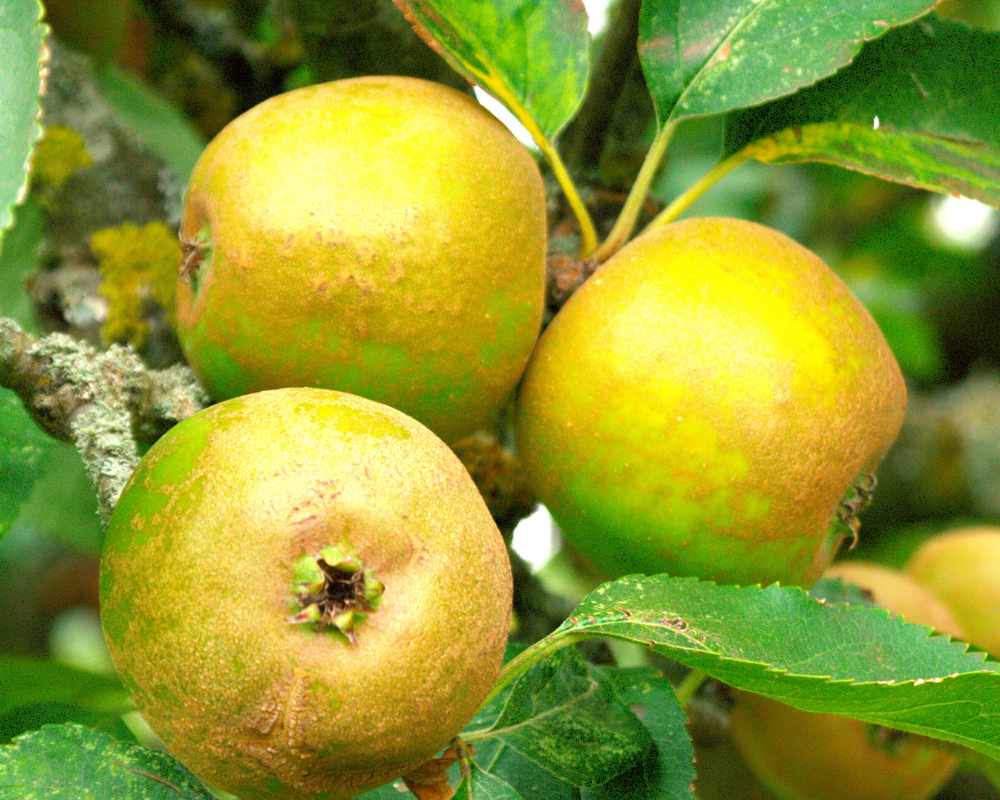This is the title of a presentation by Wade Muggleton at one of our Monday Evenings. It certainly was interesting, very entertaining and informative. We were given original history; which apples to choose to plant and why; advice on pruning; details of the various classifications, and anecdotes to further explain the derivation of names of apples we know today and how they appeared in today’s fruit bowl.
The oldest record of the sweet apple dates from 2400-2300 years ago in China. The seeds (pips) travelled out on the Silk Roads, eventually arriving in Rome and wider Europe and the Mediterranean. However, when these trade routes became irrelevant due to changing boundaries, countries and allegiances, the history of the apple becomes fragmented, the libraries and written histories, and breeding records of not only the type of apple produced, but also the development of root stock grafting, having been destroyed in wars and civil unrest.
Apples, whilst they have seeds, do not grow true, having a genetic mix of the host apple and the grafted root stock. There is a whole science to mapping the DNA of root stocks to define height of the fully grown tree and type of apple produced, together with matching for suitability to host apple genes. There is an existing gene pool identification system which enables growers like Wade to identify particular orchard finds, and this gene pool is further advanced every time an unidentified tree is introduced for investigation. The existence of this increasing fund of knowledge is also filling in some of the missing histories of the spread of the fruit.
Wade had a display of about sixty different apples, and proceeded to entertain us with how some of the apples had gained their names. Did you know that Dr Bramley did not plant the original famous and ancient Bramley Apple Tree; that there was such a person as Granny Smith; that the Lord Lambourn apple and the Duke of Devonshire apple were most likely bred by their respective gardeners; and the Golden Russet is probably a true English cultivar. (There is a Leathercoat Russet, but personally I think all Russets are leather coated!)
The most common question Wade was asked was which apple to plant. His answer was it very much depended what sort of apple was needed – for eating, cooking, or dual-purpose, decorative as in Malus or Crab: also, when was the apple to be picked, or was it to be stored into the colder weather? He recommended we did our research into those factors before digging the hole! Read his new book “The Orchard Book, Plant and Maintain Fruit from Garden to Field” by Wade Muggleton.
The future of the diverse apples, tastes and uses in our lives of these Heritage varieties very much rests with enthusiasts like Wade. A programme on TV recently showed a number of commercial growers bemoaning their difficulties in growing apples for profit in the present cost of living climate. All businesses need to make profits to fund further investment and renewal, so it was disheartening to hear of the number of growers who are grubbing out their orchards and using the land for other forms of agriculture.
Hopefully you can now appreciate there is more to the noble apple than merely keeping the doctor away.

